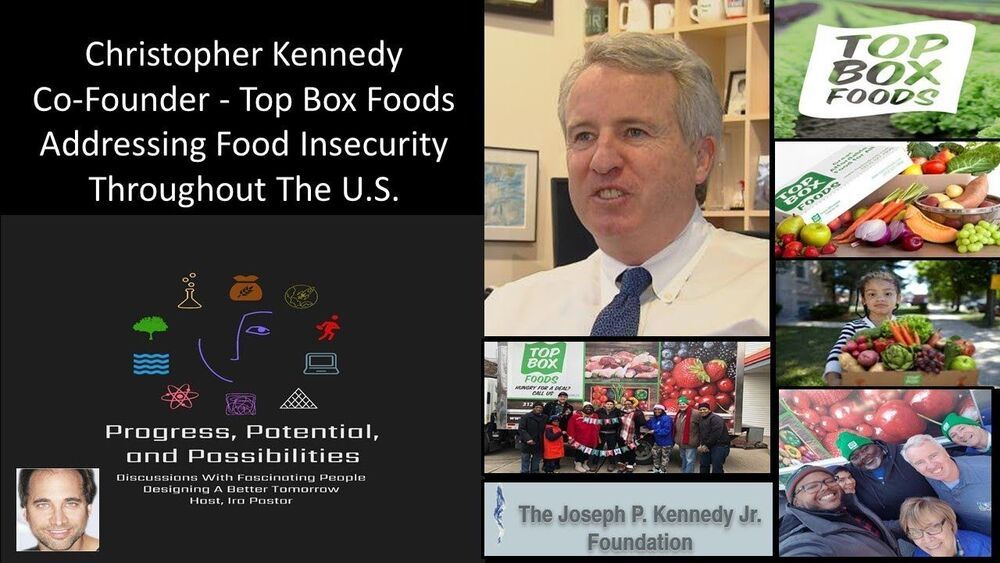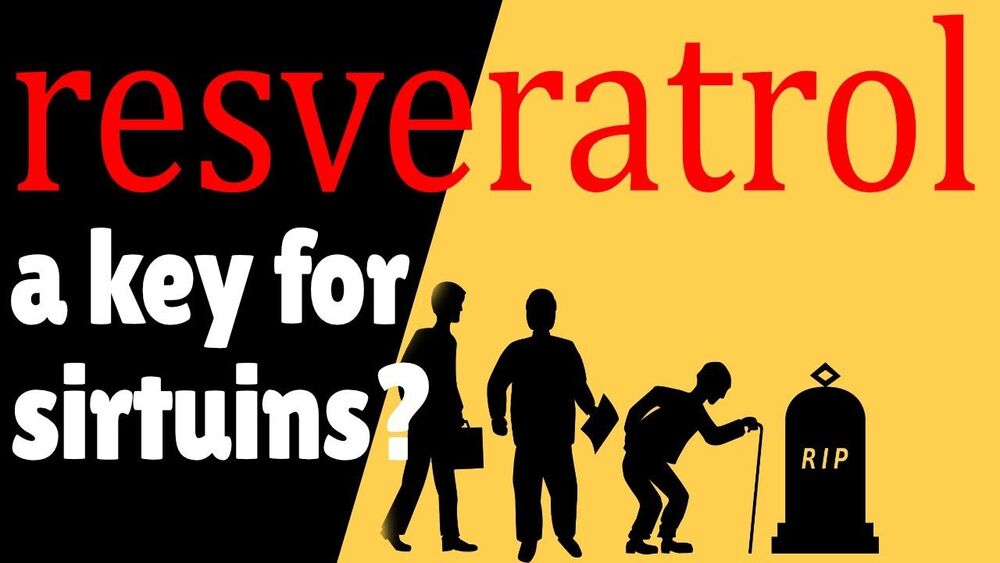Mar 7, 2021
Vision Impairment Is Associated With Mortality
Posted by Genevieve Klien in category: life extension
Summary: Meta-analysis reveals those who have visual impairments or are blind have a higher risk of mortality compared to peers with better vision. The study found mortality risk was 29% higher in those with mild visual impairment and rose to 89% higher for those with severe visual impairments.
Source: University of Michigan.
The global population is aging, and so are their eyes. In fact, the number of people with vision impairment and blindness is expected to more than double over the next 30 years.


















